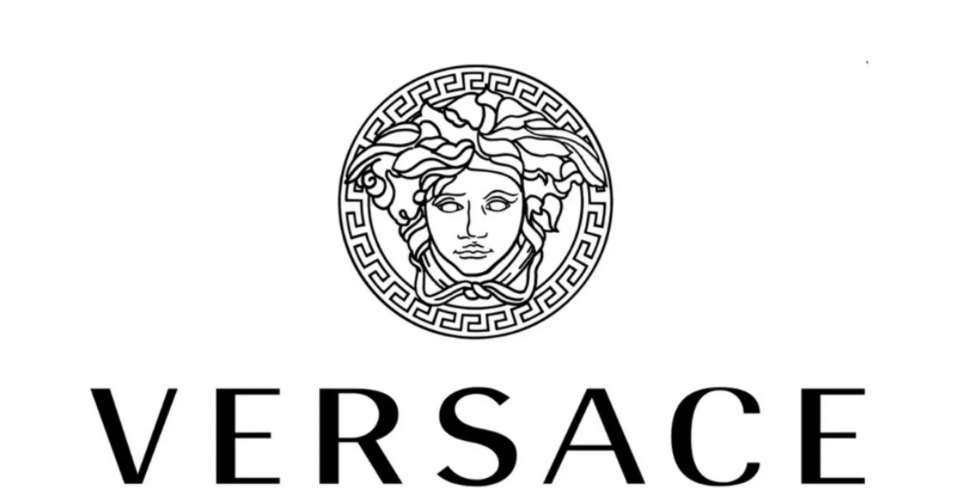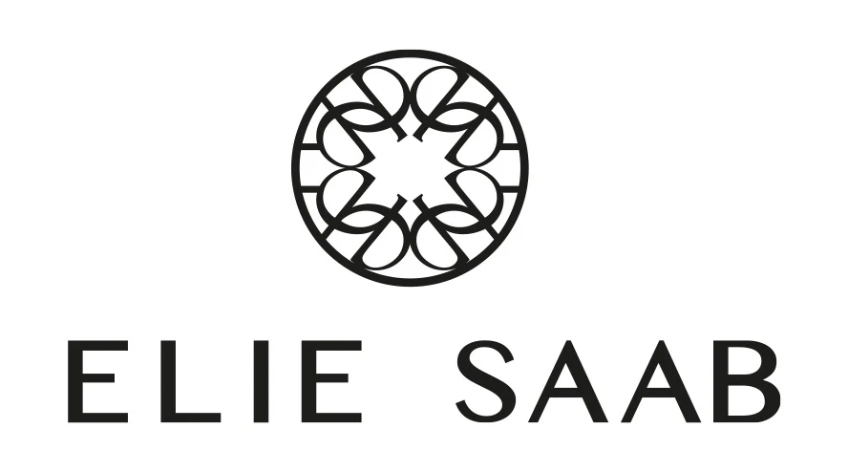10 Logo Secrets from Fashion for Hospitality Operators
A logo is often the first thing someone sees—but the best ones go deeper than appearance.
They carry stories. Values. A sense of place or origin.
In hospitality, your logo can do the same.
Whether you're building a landscape resort, a design-forward rental, or a hospitality service—your logo should be a symbol of what matters most.
Let’s decode the logos of 10 iconic fashion houses and see what lessons they offer for crafting your own.
1. Loro Piana
Origin: Quarona, Italy (1951)
Logo: A heraldic coat of arms featuring a beech tree, an eagle, a thistle flower and two stars.
Story: The Loro Piana coat of arms, created in 1951, reflects the Maison’s heritage, craftsmanship, and pursuit of excellence.
The beech tree symbolizes the brand’s roots in Quarona, while the stars honor the Italian Republic. The eagle embodies the Maison’s growth, success, and drive to soar ever higher. Three thistles stand for an enduring commitment to mastery in textiles.
Though the crest has evolved, its four core symbols remain unchanged.
Insight: When your brand is grounded in place, tradition, or artisanal mastery, visual emblems—like regional flora or national symbols—can anchor your identity and convey timeless quality.
2. Lanvin
Origin: Paris, 1889
Logo: An illustrated silhouette of Jeanne Lanvin and her daughter.
Story: Inspired by a 1907 photograph, the logo depicts Jeanne and her daughter dressed for a ball. Though Lanvin founded the house earlier, her couture journey flourished through designing for Marguerite. The emblem honors maternal love and artistic beginnings.
Insight: Personal stories matter. If your hospitality concept was born from a relationship or defining moment, a figurative or illustrated logo can make your brand feel intimate and timeless.
3. Brunello Cucinelli
Origin: Solomeo, Umbria, Italy (1978)
Logo: A medieval tower and a gryphon.
Story: The emblem used by Brunello Cucinelli showcases a tower and a gryphon, drawing from heraldic traditions. This symbol pays homage to Solomeo, a village in Umbria that holds deep personal and cultural significance for the founder.
Insight: Think about the philosophy behind your project. Is it about preservation? Human connection? Nature? A single architectural element can carry that message across all platforms.
4. Hermès
Origin: Paris, 1837
Logo: A stately carriage and horse, drawn from equestrian tradition.
Story: Though introduced in 1950, the logo nods to Hermès' earliest identity as a maker of harnesses and saddles.
Inspired by an Alfred de Dreux painting, the imagery places the horse at the forefront—symbolizing movement and elegance—while the empty carriage invites the viewer into the scene, echoing the brand’s client-first ethos.
Insight: If your concept is about elevation, experience, or transformation, think about using visual metaphors—vehicles, paths, or symbolic space—to express a journey the guest steps into.
5. Versace
Origin: Milan, 1978
Logo: Medusa’s head from Greek mythology.
Story: Growing up among the ancient ruins of Southern Italy, Gianni Versace was captivated by Greek mythology. He chose Medusa—drawn from childhood memories of temple mosaics—as the face of his brand.
Her direct, mythic gaze represents allure, danger, and unapologetic power. Like Versace’s designs, she refuses to be modest or ignored.
Insight: If your brand evokes wonder, mystery, or indulgence—mythology can offer rich visual metaphors. Go beyond trends—tap into timeless symbols that stir curiosity.
6. Loewe
Origin: Madrid, 1846
Logo: Four interlocking calligraphic Ls.
Story: Loewe’s iconic Anagram, designed in 1970 by Spanish painter Vicente Vela, draws inspiration from traditional Spanish cattle branding irons—a tribute to the brand’s leatherworking roots.
In 2014, the logo was refined by design duo M/M (Paris), streamlining its ornate curves to create a cleaner, more modern identity while honoring its heritage.
Insight: Logos rooted in craft or material culture create depth. If your project celebrates a tradition—like weaving, carpentry, or ceramics—abstract those forms into a mark.
7. Schiaparelli
Origin: Paris, 1927 (revived as haute couture in 2013)
Logo: Stylized version of Elsa Schiaparelli’s handwritten signature.
Story: Elsa Schiaparelli was a poetic rule-breaker—an avant-garde designer and close friend of Salvador Dalí.
Her surrealist vision lives on through symbols like the measuring tape and the keyhole, both recurring motifs in her work. The tape, first seen on her 1937 perfume bottle, now traces garments and accessories as a gilded emblem of couture precision.
Insight: Your logo can be emotional or even unusual. Especially if your brand is about provoking thought, breaking norms, or creating immersive experiences.
8. Maison Margiela
Origin: Paris, 1988
Logo: A row of numbers (0–23) with one circled to indicate the collection
Story: The logo resists typical branding. Maison Margiela deliberately avoids using a graphic logo—reflecting its commitment to anonymity and anti-branding. The brand uses a list of numbers (0 to 23) printed or embroidered on a white label, each representing a different product line.
Insight: If your brand values mystery, surprise, or quiet luxury, your logo can withhold instead of explain. Minimalism can still carry depth if the concept behind it is strong.
9. Elie Saab
Origin: Beirut, 1982
Logo: Minimal serif wordmark, but visual identity features celestial, floral, and Arabic geometric motifs
Story: Saab’s gowns blend Middle Eastern elegance with Western couture. His branding reflects harmony between heritage and modern refinement.
Insight: Even if your logo is simple, your brand visual language (patterns, symbols, architecture) can reflect your cultural influences. Use motifs from local history, tiles, or nature.
10. Ralph Lauren
Origin: New York, 1967 (Ralph Lauren launched his brand)
Logo: A polo player on horseback
Story: First appearing in 1971, the polo player logo was discovered almost by accident during the creation of an ad for a charity event. Yet this unplanned choice became one of fashion’s most enduring symbols.
Embodying elegance, strength, and classic sport, the emblem helped Ralph Lauren shape an aspirational universe—where timeless Americana meets Ivy League charm and refined leisure.
Insight: Think beyond what you do—ask what world you’re inviting people into. A hospitality brand can borrow this approach to create a full visual narrative through a single image.
Final Takeaways: Designing a Logo That Holds Meaning
When crafting your logo, ask yourself:
What origin story am I drawing from?
What do I want people to feel when they see my brand?
What shapes or symbols reflect my philosophy, craft, or place?
Don’t rush to pick a trendy font or random icon.
Build a visual identity that lasts—because it means something.
Even a small retreat in the hills or a product line with handmade soaps can have a logo that carries emotional weight, cultural reference, or personal story.
Let your logo be a signal:
This is who we are. This is what we care about.










